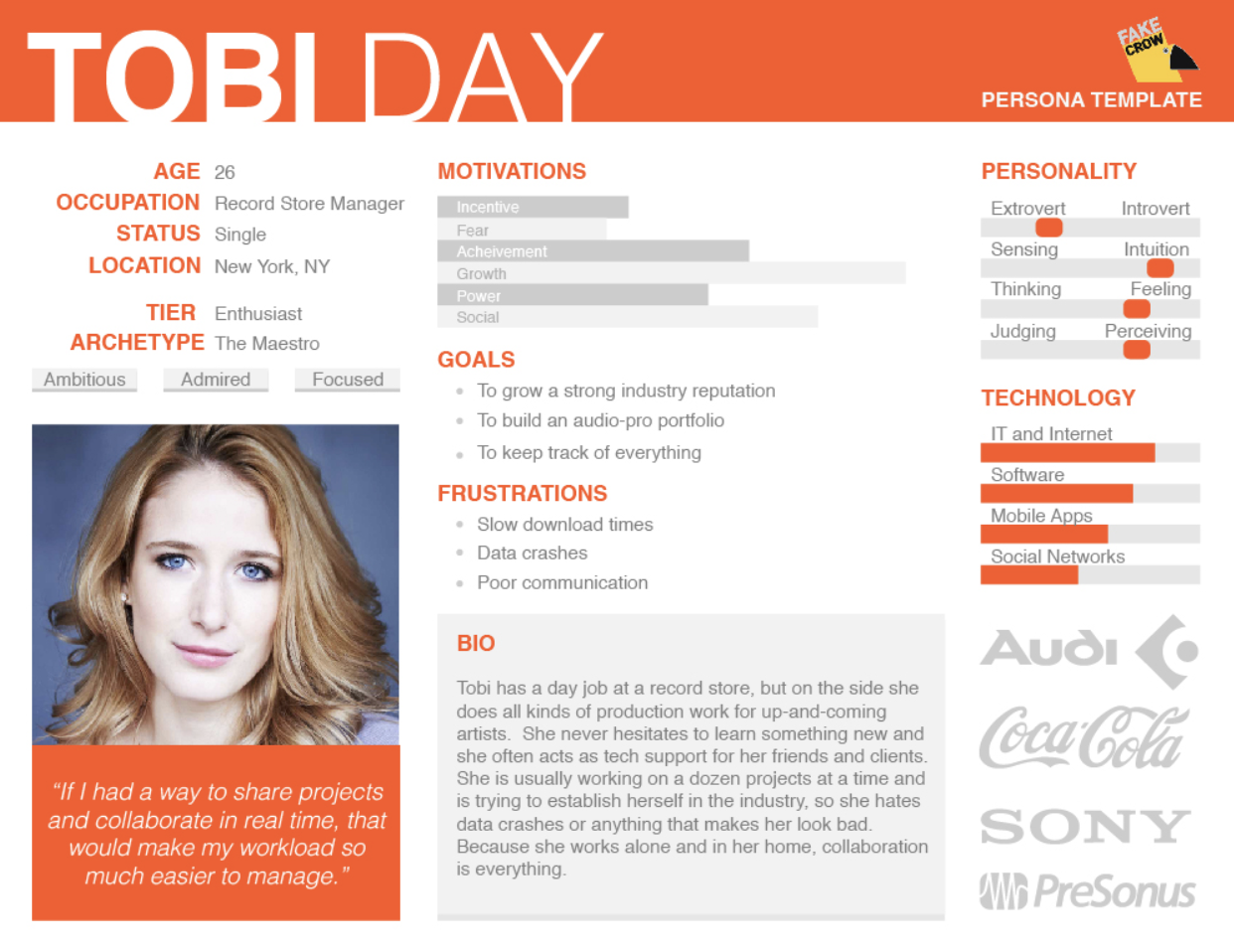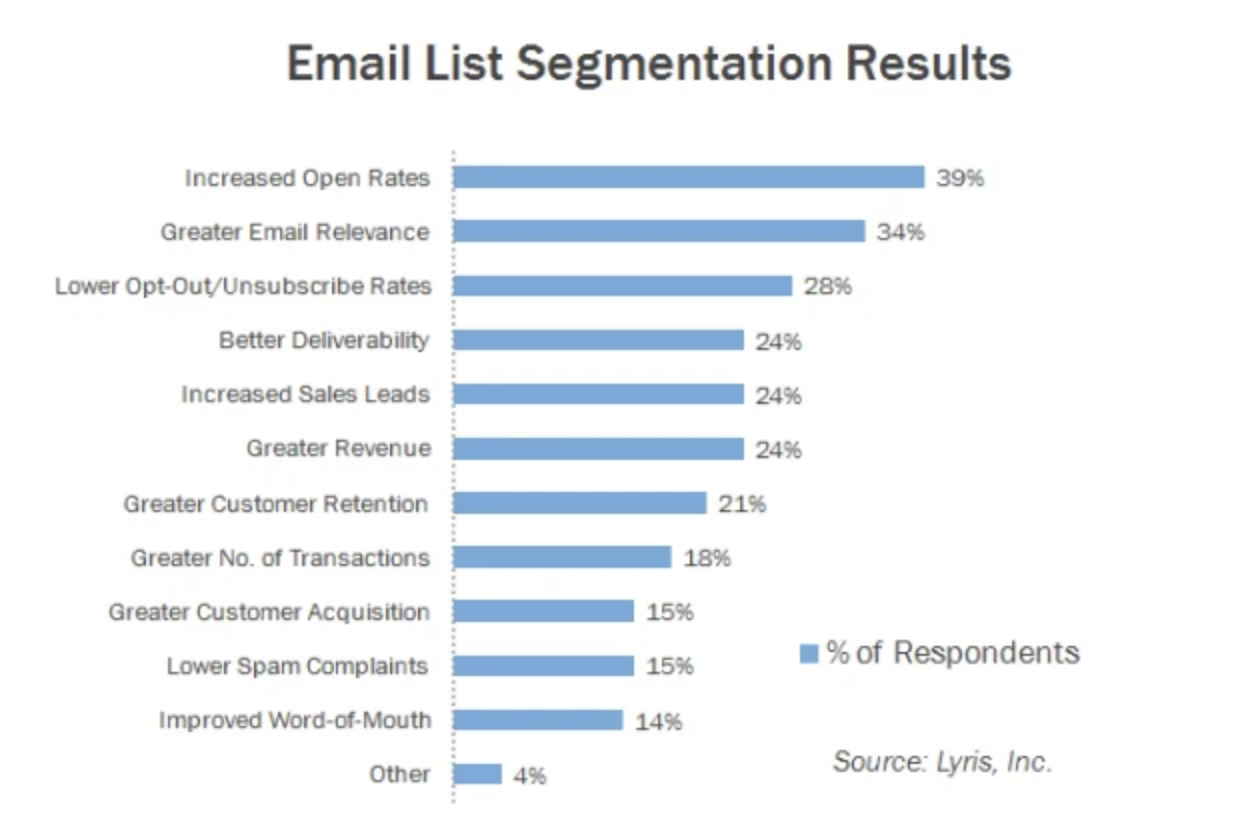If you want to drive sales and build long-term loyalty, you need to truly understand who is buying from you and why.
Customer insights turn guesswork into strategy and help you build messaging, products, and experiences that actually convert.
When you connect the dots between what your customers say, do, and need, you start to see clear business outcomes. You get higher conversions, better campaigns, and more loyal communities.
In this post, you will learn:
- How to collect meaningful customer insights from reviews, surveys, support conversations, and behavior data
- Why detailed buyer personas shape product positioning and messaging
- How tailoring content, emails, and ads to real segments drives both sales and loyalty
Let’s dig into what customer-centric brands do differently and how you can use those insights to grow.
Gathering Customer Insights That Matter
You cannot grow what you do not measure. To understand your buyers and create a brand they return to, you need to collect insights from more than just sales numbers.
Reviews and testimonials
What customers write after a purchase is a goldmine. Read both the praise and complaints. Patterns in language can show you what matters most to your audience and where you can improve.
Post-purchase surveys and feedback forms
A quick survey after checkout, or an email a week later, gives you real-time feedback. Ask simple, open-ended questions like “What almost stopped you from buying?” or “What did you love most?”
Customer support conversations and chat logs
Every question or complaint is a window into what customers really want or what frustrates them. Review these regularly to spot recurring issues, feature requests, or unexpected use cases.
Tracking on-site behavior and shopping patterns
Use analytics to see what products get the most attention, where users drop off, and which paths lead to conversion. Heatmaps, click tracking, and session recordings show you what customers do, not just what they say.
The value of social listening and community groups
Monitor social media, forums, and private groups where your customers hang out. Notice how they talk about your brand, your competitors, and what they wish existed in your market.
Customer insights come from listening everywhere your buyers interact with your brand. The brands that win are the ones that treat every review, question, and behavior as a clue for how to serve their audience better.
Building Buyer Personas That Actually Help You Sell
It is easy to create a basic buyer persona. Think “female, age 25-44, shops online.” But that does not tell you anything about what truly drives purchases or loyalty. The best personas are built from real customer data and actual behaviors, not just surface-level stats.

Start by moving beyond generic demographic info. Look at what your top buyers do, not just who they are. Review purchase histories, read through survey responses, and notice patterns in your support conversations.
Use this data to create detailed personas that reflect motivations, needs, and pain points. Are your shoppers looking for convenience, luxury, speed, or expert support? Do they buy on impulse or after weeks of research? Are they parents shopping for their family or professionals seeking upgrades for work?
The more detail you have, the easier it becomes to position your products, refine your messaging, and create offers that actually resonate. For example, let’s say your data shows a large chunk of buyers are busy parents who shop late at night and value quick delivery. Instead of just marketing “to moms,” you can:
- Highlight next-day shipping or easy reorders in your product pages
- Write email subject lines like “Order tonight, get it tomorrow – just in time for breakfast”
- Offer bundle deals that save time and reduce repeat purchases
Detailed personas help you market to real people, not just numbers on a spreadsheet. They let you create strategies that turn browsers into buyers and buyers into loyal fans.
Tailoring Content and Creative by Segment
Generic messaging rarely converts. When you tailor your site content, emails, and ads to specific customer segments, you speak directly to what matters most and you get better results.
Adjust site content to fit different customer types. If you know some shoppers are first-timers while others are loyal fans, create banners, pop-ups, or product recommendations that match where they are in the journey.
Write email copy and ad creatives that address real needs and pain points. For example, target busy professionals with “time-saving bundles,” or speak to repeat buyers with loyalty perks and early access offers.

Segment campaigns to make every touchpoint more relevant. Use behavioral data to split lists based on past purchases, browsing history, or even location. This makes it easier to send the right message, at the right time, to the right person.
Stats that prove segmentation works:
- Brands see a 760% increase in revenue from segmented email campaigns compared to non-segmented ones.
- Personalized homepage promotions can boost sales by 7% to 20%.
Try split-testing your messaging for new versus repeat buyers. You might find that new customers need more education and assurance, while returning customers want faster reorders or exclusive deals. Tailoring your creative to each group drives higher engagement and better conversion rates.
Turning Insights into Loyalty and Long-Term Growth
Customer insights are not just about improving marketing campaigns. They are your blueprint for building real community and loyalty that pays off over the long term.
Use what you learn from your customers to create spaces where they feel seen and valued. Invite shoppers into communities, whether that means private groups, product review clubs, or sharing customer stories on your social channels. When people see their voices matter, they are far more likely to advocate for your brand.
Celebrate feedback and act on it publicly. Let customers know when their input leads to a product update, a new service, or even a simple process change. Thank them directly, call out top contributors, or feature customer ideas in your marketing.
Loyalty programs and surprise moments are proven ways to increase repeat purchases. In fact, 77% of consumers say loyalty programs make them more likely to stay with a brand. Unexpected moments of delight like a free sample or handwritten thank you, can turn a one-time buyer into a fan for life.
Three ways to turn insights into loyalty:
- Launch a loyalty program with clear, easy-to-redeem rewards
- Spotlight customer stories and celebrate feedback in your marketing
- Surprise top buyers with exclusive offers or small gifts
The most successful brands use customer insights to build a cycle of feedback, action, and genuine appreciation. That is how loyalty turns into lasting growth.
Build Your Brand on What Your Customers Tell You
Understanding your customer is not just another box to check. It is the foundation for long-term growth and loyalty. When you turn insights into action, you shape a brand people actually want to buy from again and again.
If you want to make this real, start by auditing one place where you collect or use customer insights. Look at your surveys, reviews, or support conversations and ask how you can use that feedback to improve a product, campaign, or experience.
If you want help turning customer data into real business results, Bighorn can help. Let’s build a brand your audience trusts and loves.